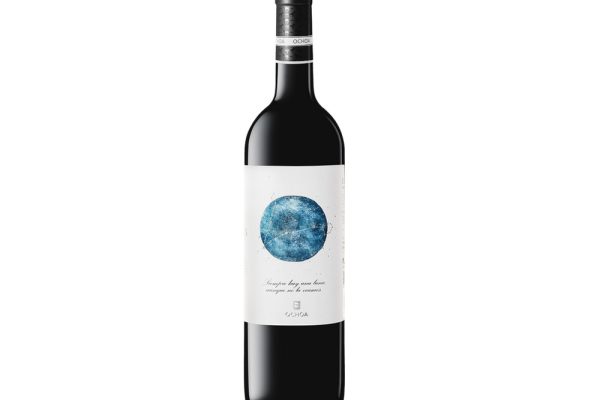
Wine mousiness is a fault that arises during the wine making process, mainly due to the presence of undesirable Brettanomyces (‘Brett’) and Lactobacillus. These microorganisms produce certain compounds like tetrahydropyridine that are responsible for the unpleasant odour and taste associated with this fault.
It’s called ‘mousiness’ or ‘mouse cage’ due to the characteristic odour and flavour which can be likened to mouse fur or a mouse cage, though it can also manifest as a taste reminiscent of stale tortillas or cornflakes, particularly in the aftertaste.
This fault is more often encountered in un-sulphured and natural wines as the absence of sulphur, which acts as a preservative and antimicrobial agent, allows these microorganisms to thrive. Combatting mousiness requires a clean, well-managed winemaking setup to deter contamination.
Sometimes, a trace amount of ‘Brett’ character can be perceived as desirable, imparting a rustic or earthy nuance to the wine. However, when it escalates to mousiness, it’s categorised as a fault. The delicate balance between a pleasant rustic character and an off-putting mousiness is subjective and may vary according to personal and regional preferences.














